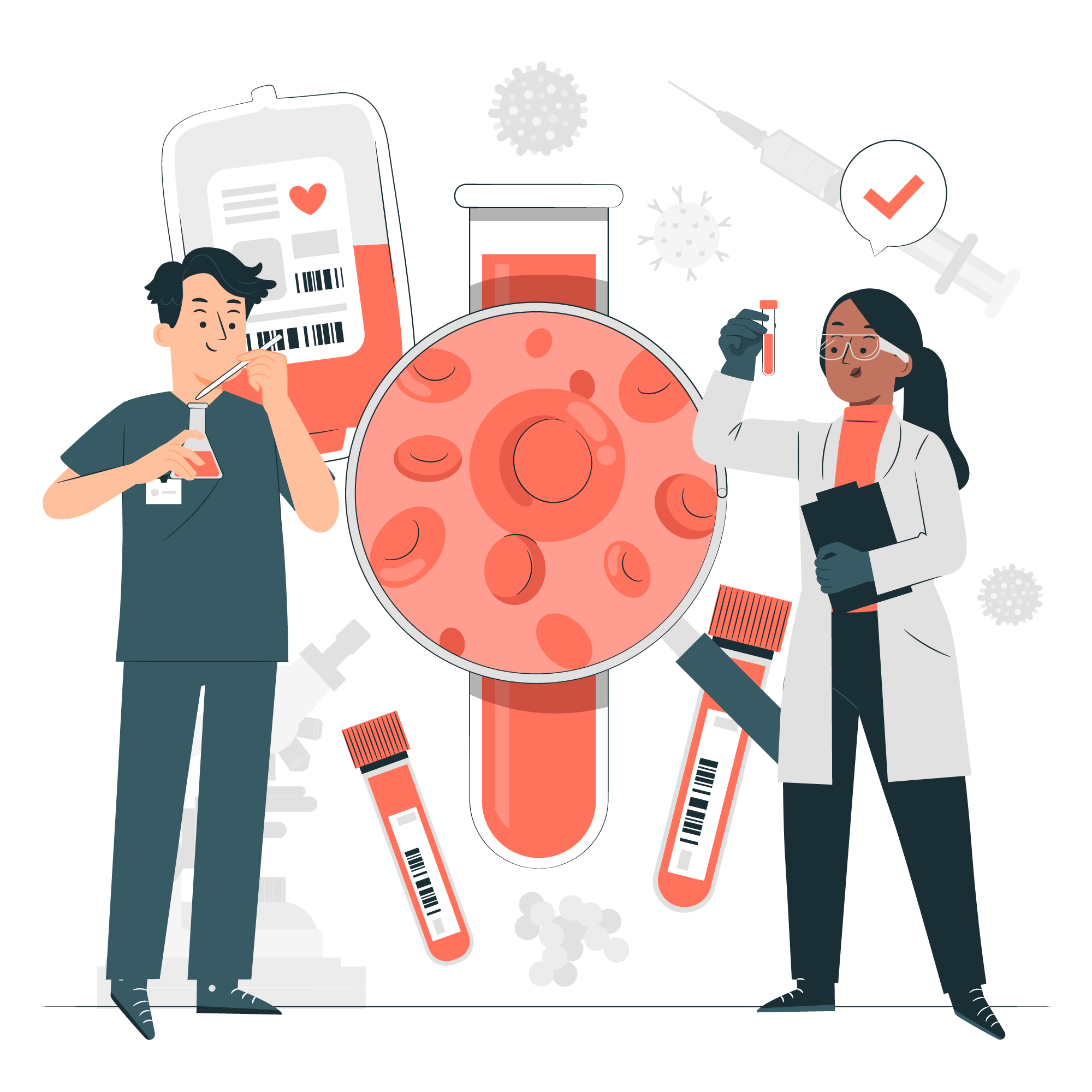How to Read Blood Test Reports Without Freaking Out
“Your blood doesn’t lie — it whispers secrets about your health. The trick is learning how to listen without panicking.”
Getting a blood test is easy. But reading the report that comes with it? That’s when most people go straight to Google, spiral into medical forums, and self-diagnose 42 different illnesses. If this sounds like you, take a deep breath. You’re not alone — and you’re definitely not dying of everything at once.
This guide will help you understand how to read your blood test report, especially the CBC (Complete Blood Count) and other common parameters, so you can interpret results smartly, calmly, and correctly.
Let’s dive in.

✅ Why Blood Tests Matter
Your blood holds crucial information about your organs, immunity, hormones, nutritional levels, and more. Regular blood testing can:
- Detect early signs of disease
- Monitor ongoing conditions
- Track treatment effectiveness
- Offer preventive insights
And yes, sometimes they also confirm that everything is just fine (which your anxiety may ignore!).
🔢 What You’ll Typically Find in a Blood Test Report
Most routine blood test reports include:
- CBC (Complete Blood Count)
- LFT (Liver Function Test)
- KFT (Kidney Function Test)
- Thyroid Panel (T3, T4, TSH)
- Lipid Profile (Cholesterol)
- Blood Sugar (Fasting/Postprandial or HbA1c)
- Vitamin D and B12
We’ll focus mainly on how to read your CBC and general blood report values.
📈 CBC Report Guide: What It Means
The Complete Blood Count (CBC) is a key part of any health checkup. It gives insight into:
- Infection
- Anemia
- Inflammation
- Blood-related disorders
1. WBC (White Blood Cells)
- Normal Range: 4,000 to 11,000 cells/µL
- Low WBC: May indicate viral infection, bone marrow issue
- High WBC: Often a sign of bacterial infection or inflammation
2. RBC (Red Blood Cells)
- Normal Range: Men: 4.7-6.1 million/µL, Women: 4.2-5.4 million/µL
- Low RBC: Anemia, nutritional deficiency
- High RBC: Dehydration, heart/lung disease
3. Hemoglobin (Hb)
- Normal Range: Men: 13.8-17.2 g/dL, Women: 12.1-15.1 g/dL
- Measures oxygen-carrying capacity of blood
4. Hematocrit (HCT)
- Normal Range: Men: 40.7% to 50.3%, Women: 36.1% to 44.3%
- Tells what portion of your blood is made up of RBCs
5. MCV, MCH, MCHC
- Help understand size and color of red blood cells
- Often used to classify type of anemia
6. Platelet Count
- Normal Range: 150,000 to 450,000/µL
- Low count: bleeding risk
- High count: may indicate inflammation or infection
🧹 Other Blood Parameters You Might See
☕ Blood Sugar (FBS, PPBS, HbA1c)
- Indicates your glucose levels
- Helps detect diabetes and pre-diabetes
🪑 Lipid Profile
- Cholesterol (HDL, LDL, Triglycerides)
- Important for heart health and cardiovascular risk
💊 Liver & Kidney Function Tests
- LFT: Includes SGOT, SGPT, Bilirubin, etc.
- KFT: Creatinine, Urea, etc.
⚕️ Thyroid Panel
- T3, T4, and TSH control your metabolism, energy, weight, mood
☀️ Vitamin D & B12
- Deficiencies can cause fatigue, brain fog, muscle weakness, and poor immunity
📌 How to Read Your Blood Test Report Like a Pro (Without Freaking Out)
✅ 1. Don’t Google Every Abnormal Result
One slightly high or low number doesn’t mean you’re ill. Lab values fluctuate due to stress, dehydration, time of day, or menstrual cycles.
✅ 2. Compare with Reference Ranges
Most labs provide a reference range. Only values far outside that range are a concern. Also, “normal” ranges vary slightly between labs.
✅ 3. Look at Trends, Not Just Numbers
If you’ve done multiple tests over time, compare them. A pattern says more than a one-time spike or drop.
✅ 4. Context Is Everything
Age, gender, health history, medications, and lifestyle all impact lab results. A doctor knows this context — Google doesn’t.
✅ 5. Ask Your Doctor to Explain It
Instead of guessing, sit down with your physician. A 5-minute explanation from them is worth hours of online research.
✅ 6. Use Reliable Resources
If you do want to research, use trusted sources like Mayo Clinic, WebMD, or MedlinePlus.
✅ 7. Stay Calm
Stress itself can worsen your health. Approach your reports with curiosity, not panic.
🚨 When Should You Be Concerned?
Get in touch with your doctor ASAP if your report shows:
- Extremely high or low WBC or platelet count
- Very low hemoglobin
- Persistent abnormal sugar or thyroid levels
- Any value that’s marked “critical”
☑️ Tips to Prepare for Your Next Blood Test
- Fast if required (usually 8-10 hours)
- Stay hydrated
- Avoid heavy workout or alcohol the day before
- Take medications only if advised
- Inform your lab of any supplements or conditions
📚 Final Thoughts: Your Report Is Just a Chapter, Not the Whole Story
Understanding how to read blood test report empowers you to take charge of your health. But it’s not a standalone diagnosis. Use your report as a tool, not a verdict.
Keep learning, stay calm, and always consult a medical professional for final interpretation. Because you deserve clarity — not confusion.



Pingback: Complete Blood Count (CBC) Test – Why It’s More Important Than You Think – Kaizen Diagnostic Centre
Pingback: CBC Test Explained – Why It’s More Than Just a Blood Count